- 631-796-2804
- [email protected]
- Mon - Fri: 6:30AM - 5PM
Professional seal coating that extends your pavement’s life and saves you thousands in replacement costs.
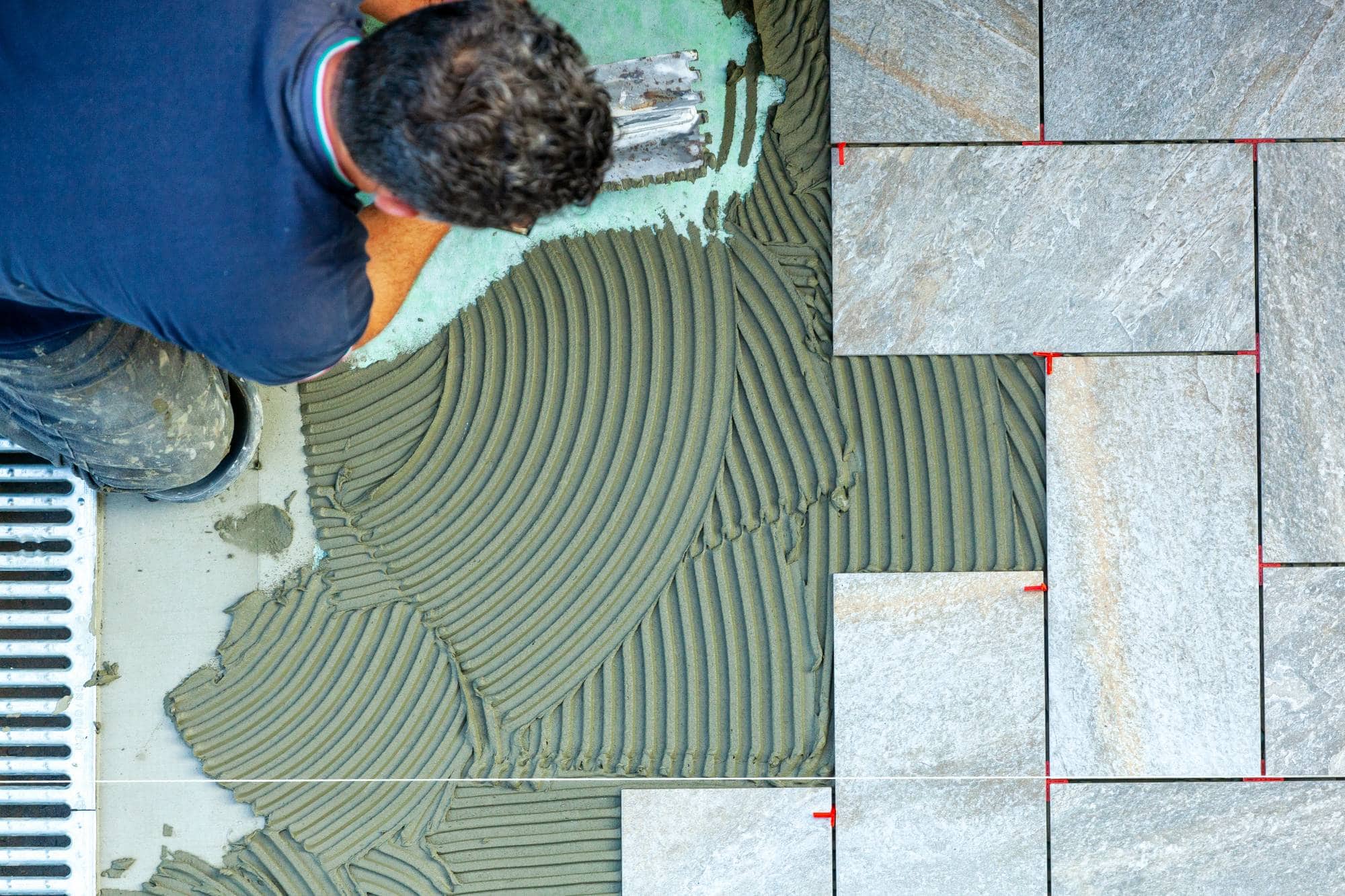
Hear from Our Customers
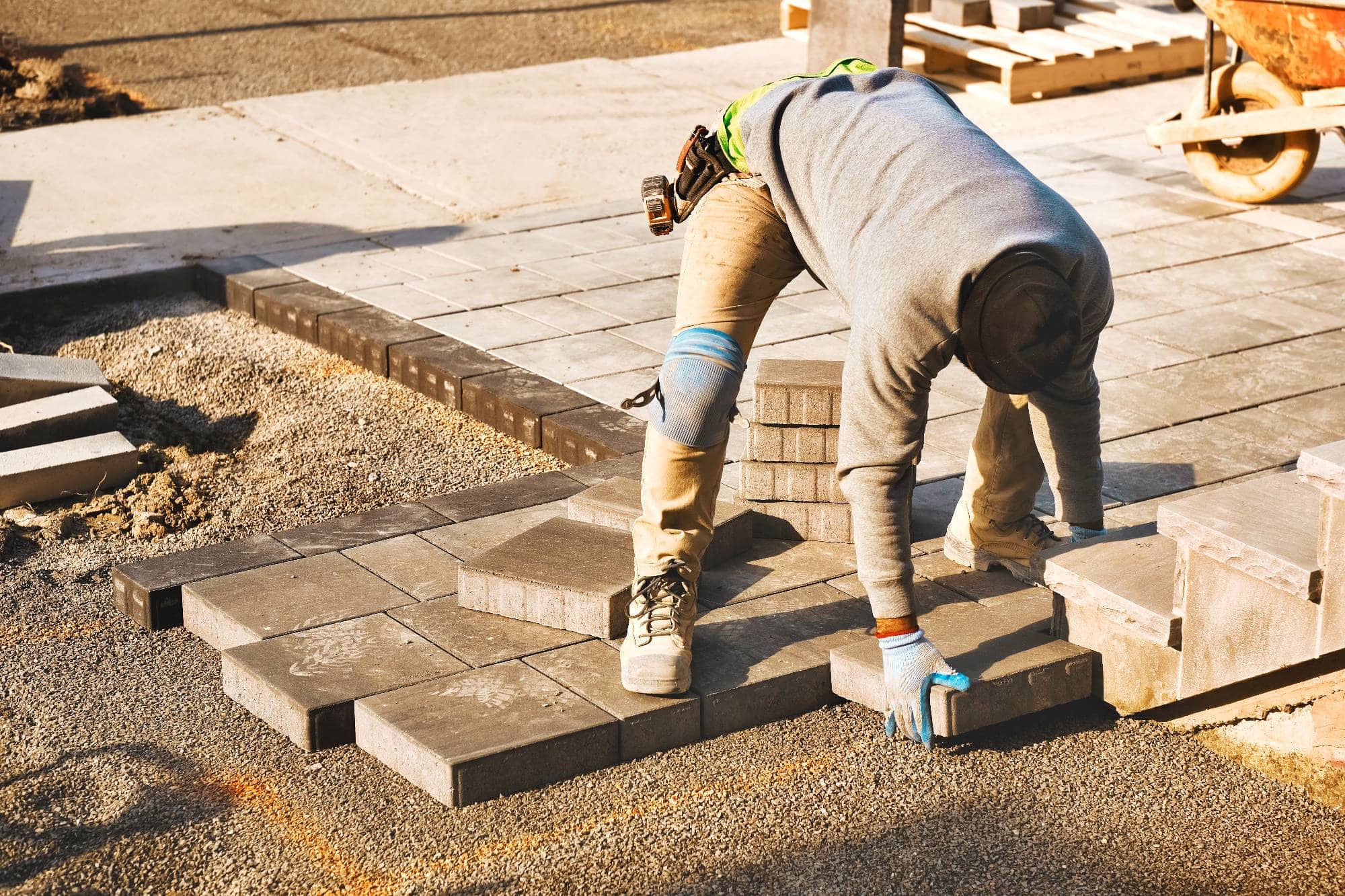
You’re watching your driveway crack and fade, knowing it’s only getting worse. Every season brings more damage, and you’re wondering if you waited too long.
Here’s what changes when you get it sealed right. Your asphalt stops absorbing water that freezes and expands in winter. Those small cracks stop becoming big problems. The surface becomes smooth and dark again, like it’s supposed to look.
Most importantly, you buy yourself years before needing expensive repairs or replacement. We’re talking about extending your pavement’s life by 3-5 years with one application. That’s real money saved and real peace of mind.
We’ve been handling asphalt projects across Long Island for years. We understand what salt air and harsh winters do to your pavement.
We’re not the guys who disappear after taking your deposit. We show up when we say we will, use professional equipment, and apply materials that actually protect your investment. Our work speaks for itself in driveways and parking lots throughout Mastic Beach and surrounding areas.
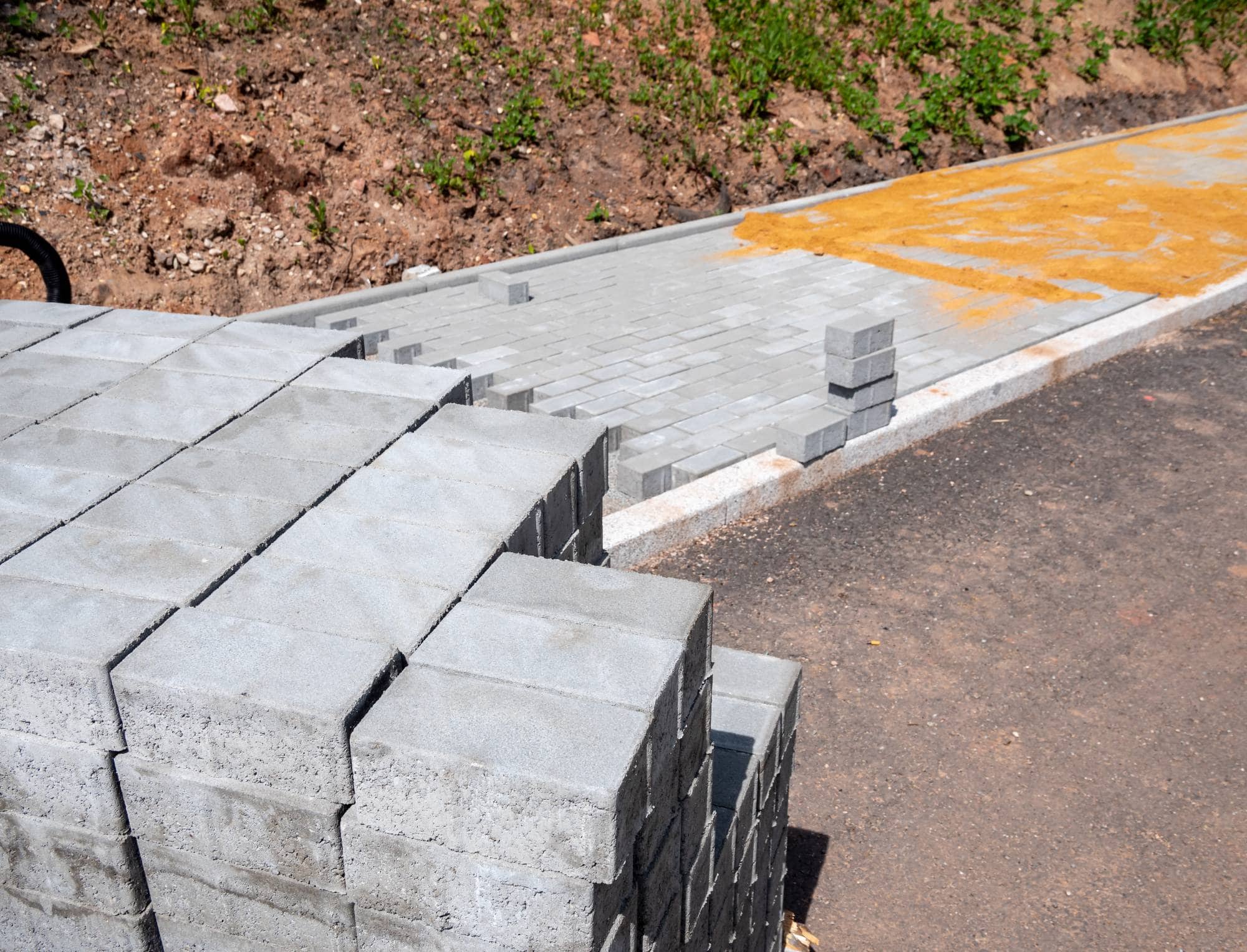
First, we clean your asphalt surface completely. Any dirt, debris, or vegetation gets removed because sealant won’t bond to dirty pavement. We also fill any cracks that could let water through.
Next, we apply commercial-grade sealant using professional equipment. This isn’t the bucket-and-brush approach. We use spray application or squeegee methods that create an even, durable coating across your entire surface.
The sealant needs 24-48 hours to cure properly, depending on weather conditions. We’ll tell you exactly when it’s safe to drive on. Once cured, you have a protective barrier that keeps water, oil, and UV rays from damaging your asphalt underneath.
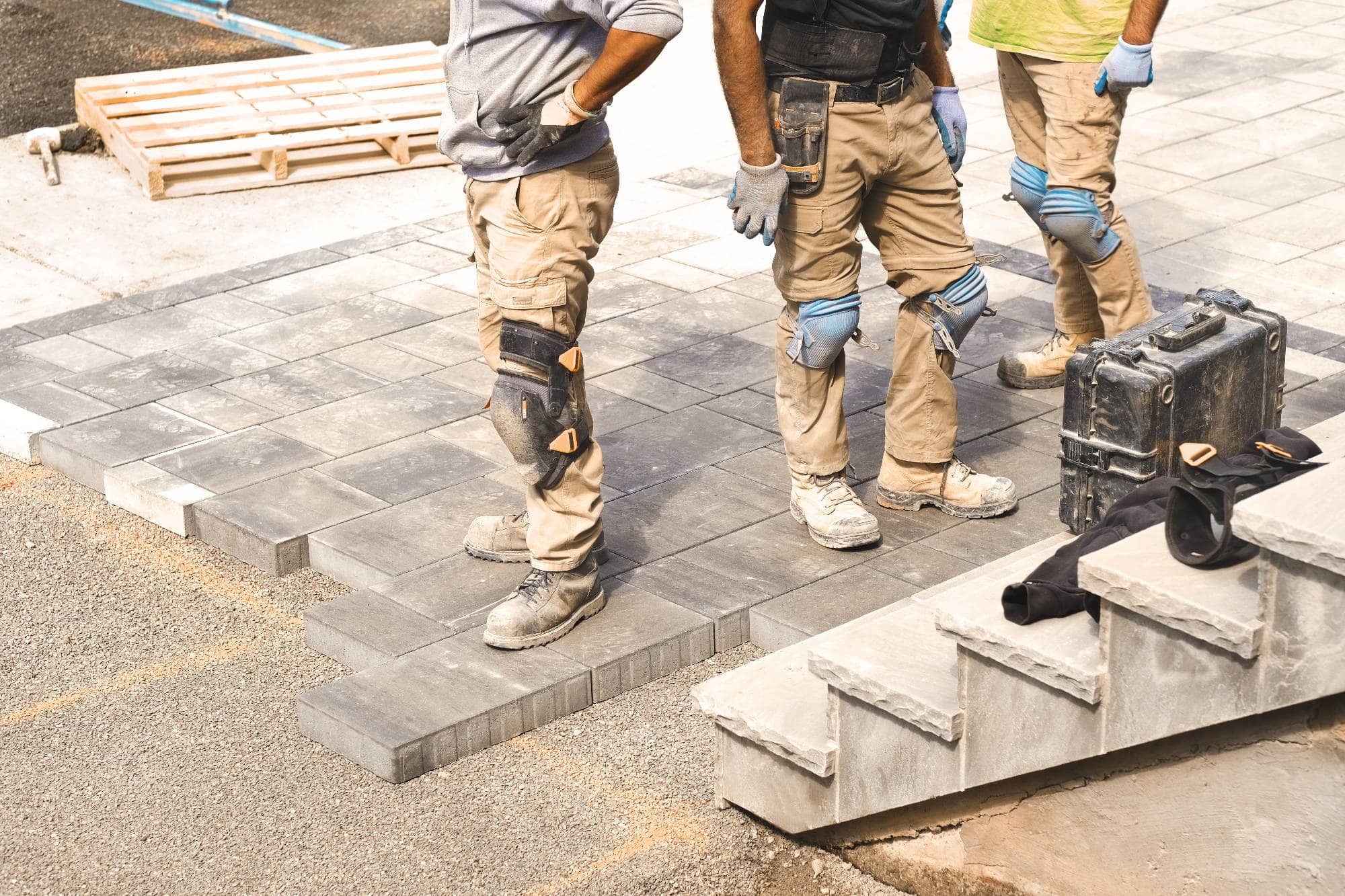
Ready to get started?
Every seal coating job includes complete surface preparation, crack filling where needed, and professional-grade sealant application. We handle residential driveways, commercial parking lots, and everything in between.
We only work in proper weather conditions. If it’s too cold, too hot, or rain is coming, we reschedule. This isn’t about being difficult – it’s about the sealant curing correctly so you get the protection you’re paying for.
You’ll know exactly what to expect before we start, including drying time and when you can use your pavement again. No surprises, no shortcuts, just professional work that protects your asphalt investment.
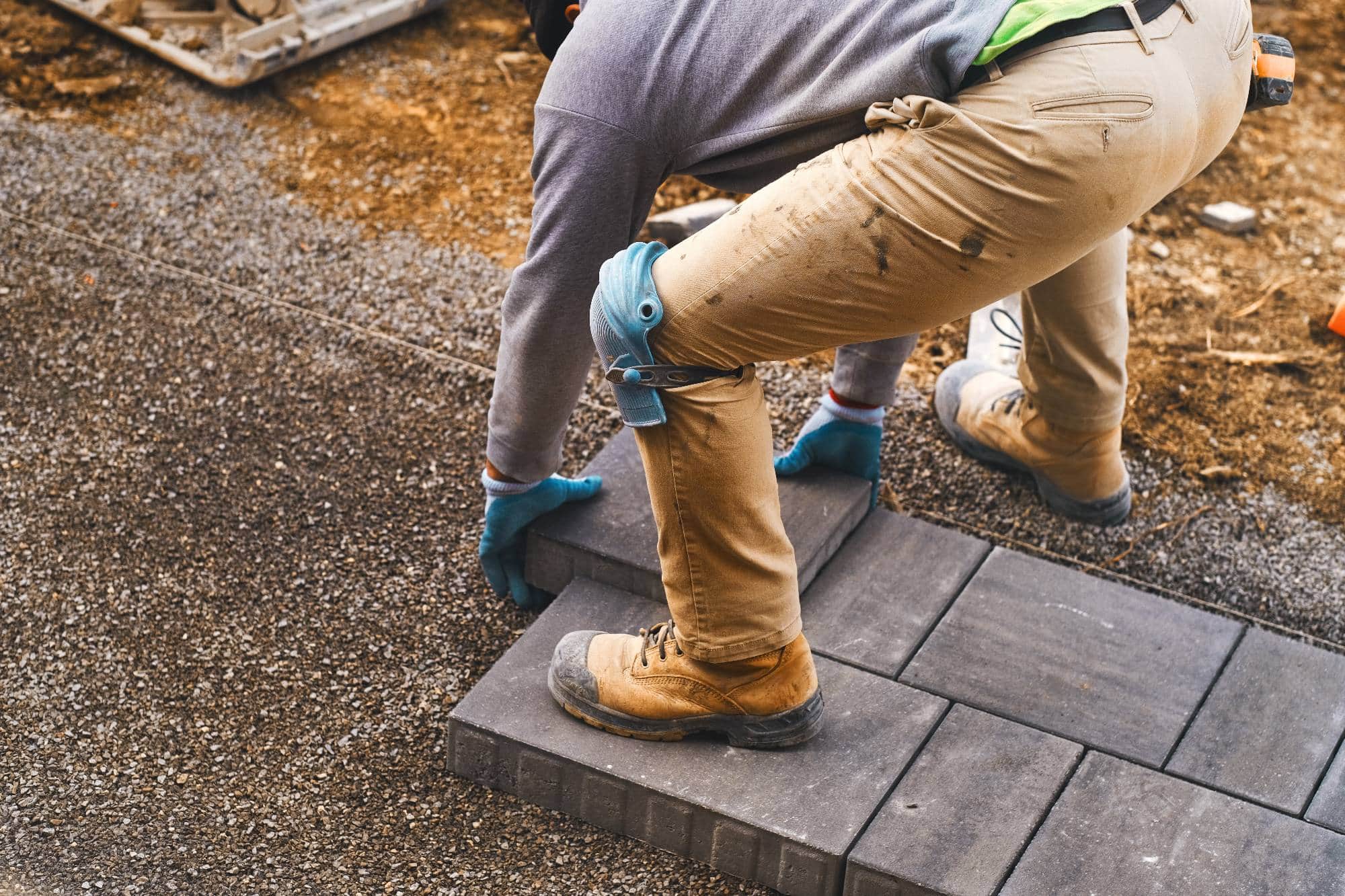

We are a family owned and operated paving contractor servicing customers on the East end of Long Island. We specialize in all phases of paving from start to finish.